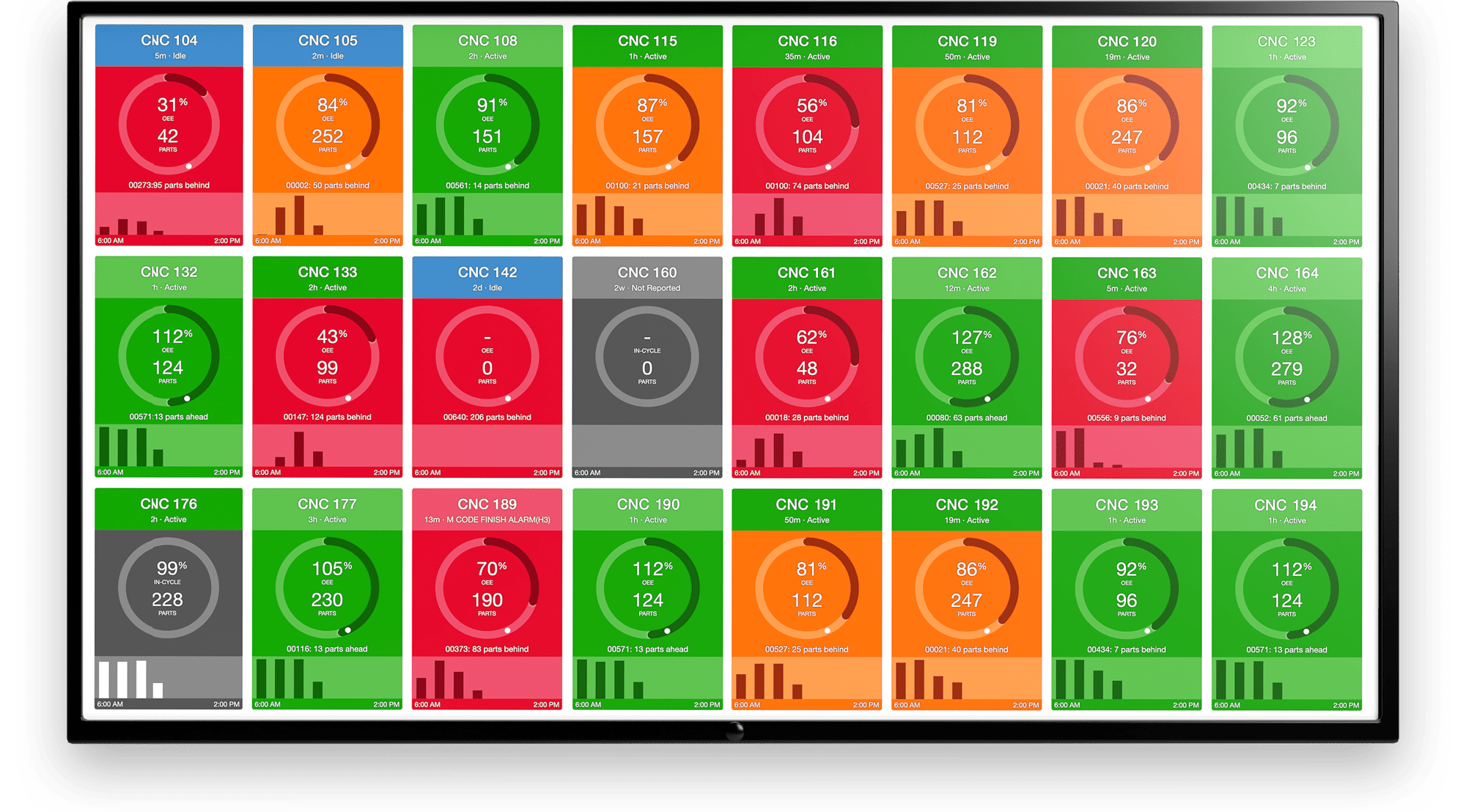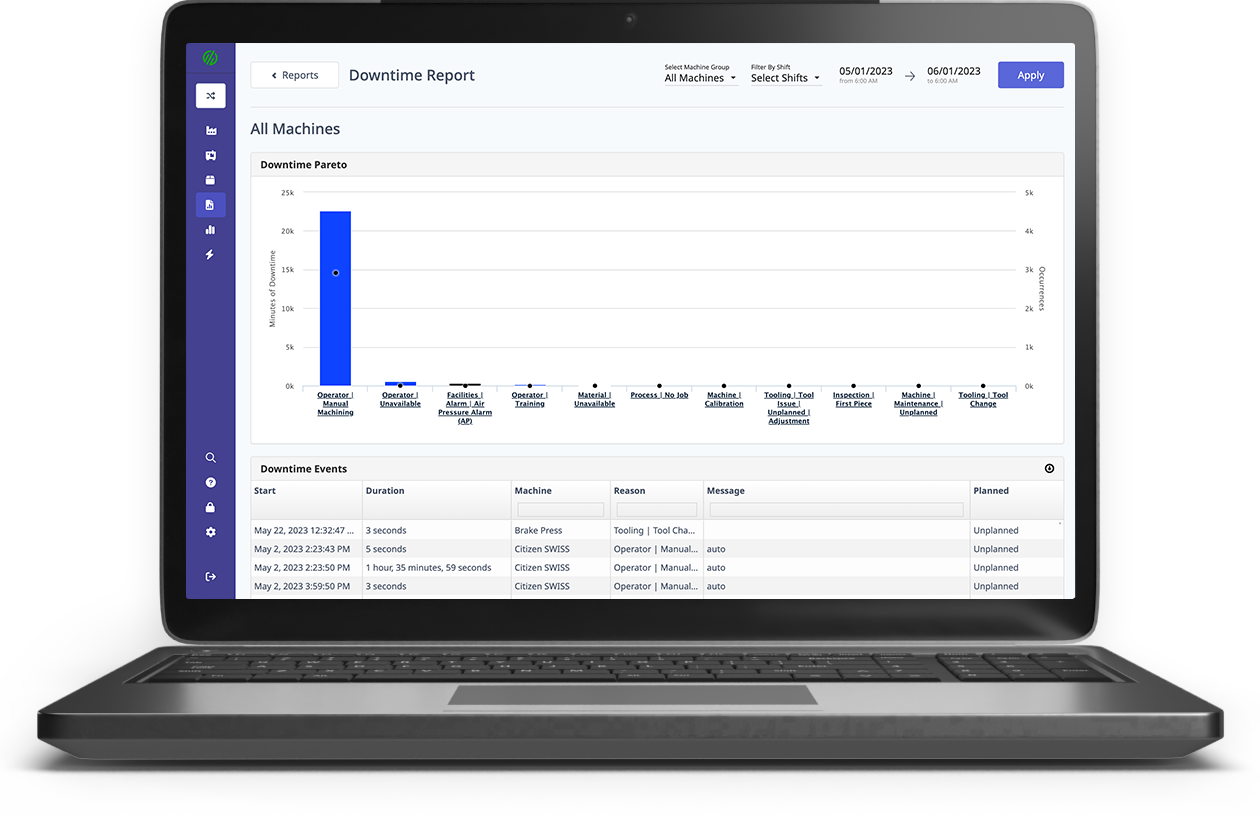Search
SUGGESTED CONTENT:
MachineMetrics Blog
Easthampton, MA – October 16, 2025 – MachineMetrics, the Intelligent MES and industry leader in machine connectivity, today announced the launch of Manual Stations - a powerful solution that enables
press release
/ Oct 15, 2025
The Hidden Half of Manufacturing Despite massive investments in automation, the majority of manufacturing work is still performed by people. In fact, studies show that 72% of factory tasks are
MachineMetrics
/ Sep 29, 2025
EASTHAMPTON, MA – September 19, 2025 – Manufacturing has always been defined by its ability to plan and challenged by its ability to execute. ERP systems outline the ideal production path: what to
press release
/ Sep 19, 2025
Most manufacturers don’t have a data problem. They have a decision problem. In fact, most manufacturers are drowning in data - machines stream data 24/7. Dashboards display utilization, OEE, and
MachineMetrics
/ Sep 02, 2025
START DRIVING DECISIONS WITH MACHINE DATA.
Ready to empower your shop floor?
Learn MoreThe Value of Machine Data for Business Intelligence Too...
data collection
/ September 29, 2022
This article is part of a series discussing the value of machine data for shop floor management systems. Integrating machine assets into your connected factory ecosystem unlocks accurate, real-time...
Factory Monitoring: Unlocking Process and Production Vi...
MachineMetrics
/ September 29, 2022
Increased competition, shrinking skilled labor availability, and legacy technology solutions create new challenges for manufacturers; companies are looking for ways to manage their production more...
Unplanned Downtime: Causes, Calculations, and Cures
Downtime
/ September 22, 2022
Downtime’ is one of the most dreaded words in manufacturing. While production downtime is part of life in a factory, managers, operators, and technicians constantly strive to reduce it and mitigate...
Schedule Attainment: Accurately Plan & Meet Production ...
MachineMetrics
/ September 15, 2022
Did your team finish all the work that was planned for this week? Many KPIs are used in manufacturing to track production efficiency, quality, labor utilization, production capacity, waste, and more....
How to Improve Quality in Manufacturing
MachineMetrics
/ September 08, 2022
There are a few core measurements that every manufacturer uses to manage their operation. Measurements like efficiency, productivity, capacity, labor, and equipment utilization are almost universally...
Get In Touch With Us
Easthampton Office
116 Pleasant St, Suite 316, Easthampton, MA 01027
Platform
Industry Solutions


.png?width=1960&height=1300&name=01_comp_Downtime-%26-Quality_laptop%20(1).png)